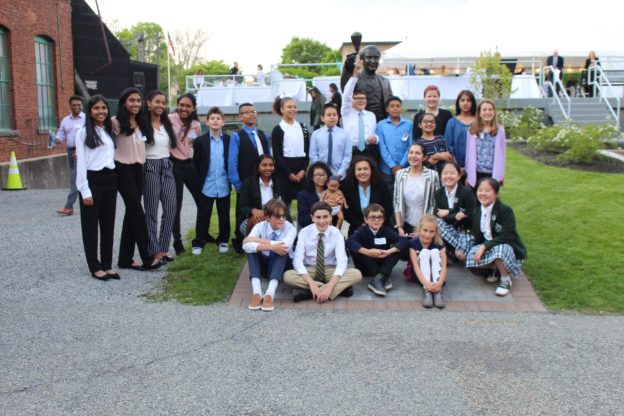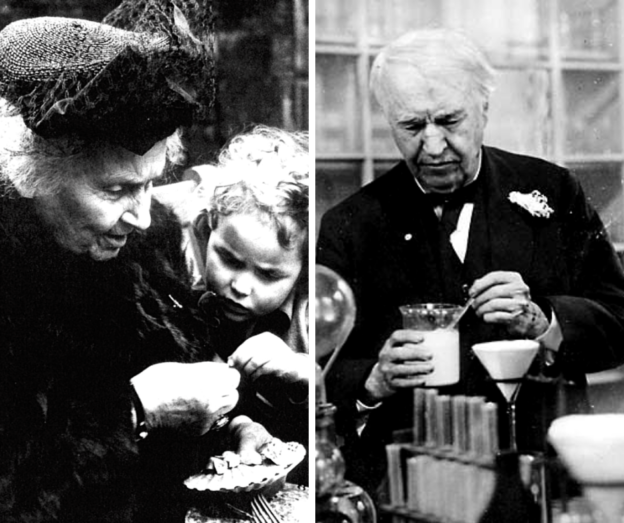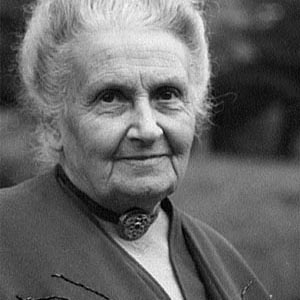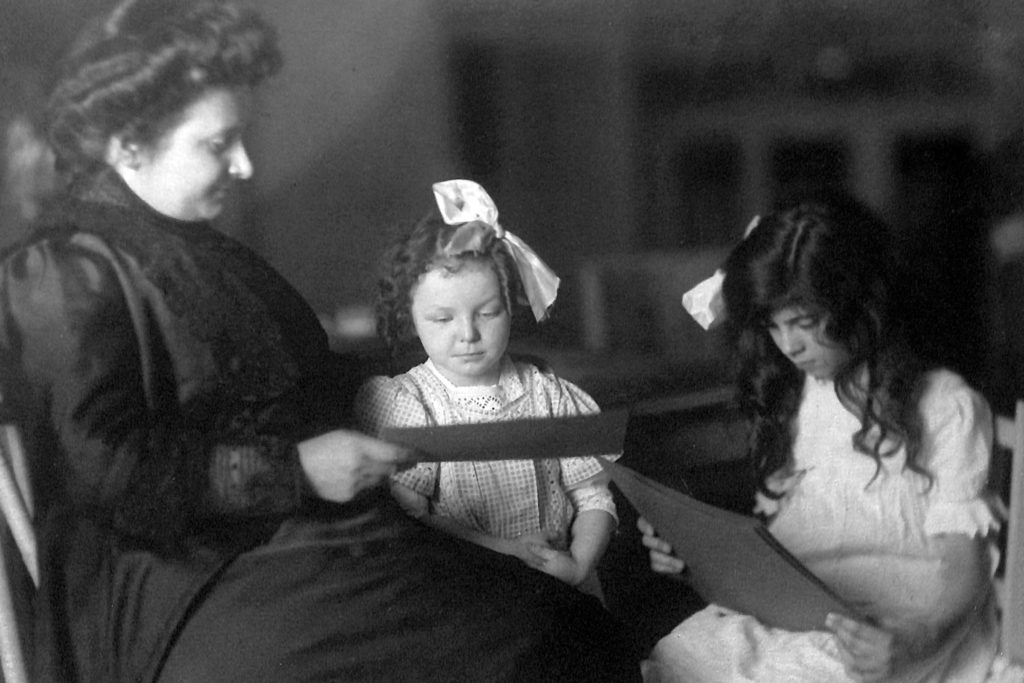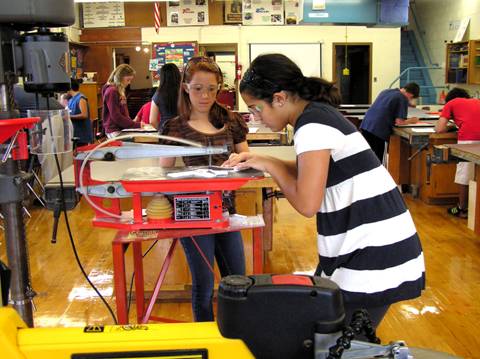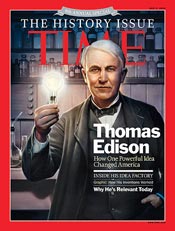On May 15th, the Edison Innovation Foundation and PSEG Foundation gave awards to student team finalists from across the country in their annual Thomas Edison Pitch Contest. It is the 9th year of hosting this competition, which took place at the legendary Thomas Edison National Historical Park in West Orange, NJ.
The finalist teams were chosen from 45 teams in 13 states across the country who entered our contest this year. The competition sparked more bright ideas than ever, with a record of 5 different states in the finals including New Jersey, Pennsylvania, New York, Texas, and Oklahoma! Students from elementary school also competed for the first time.
The finalists impressed the professional judge panel of entrepreneurs, engineers, and Thomas Edison experts with their entrepreneurial pitches to win a 3D Printer and more for their schools.
Here is a summary of the awards in the elementary, middle, and high school categories:
Elementary
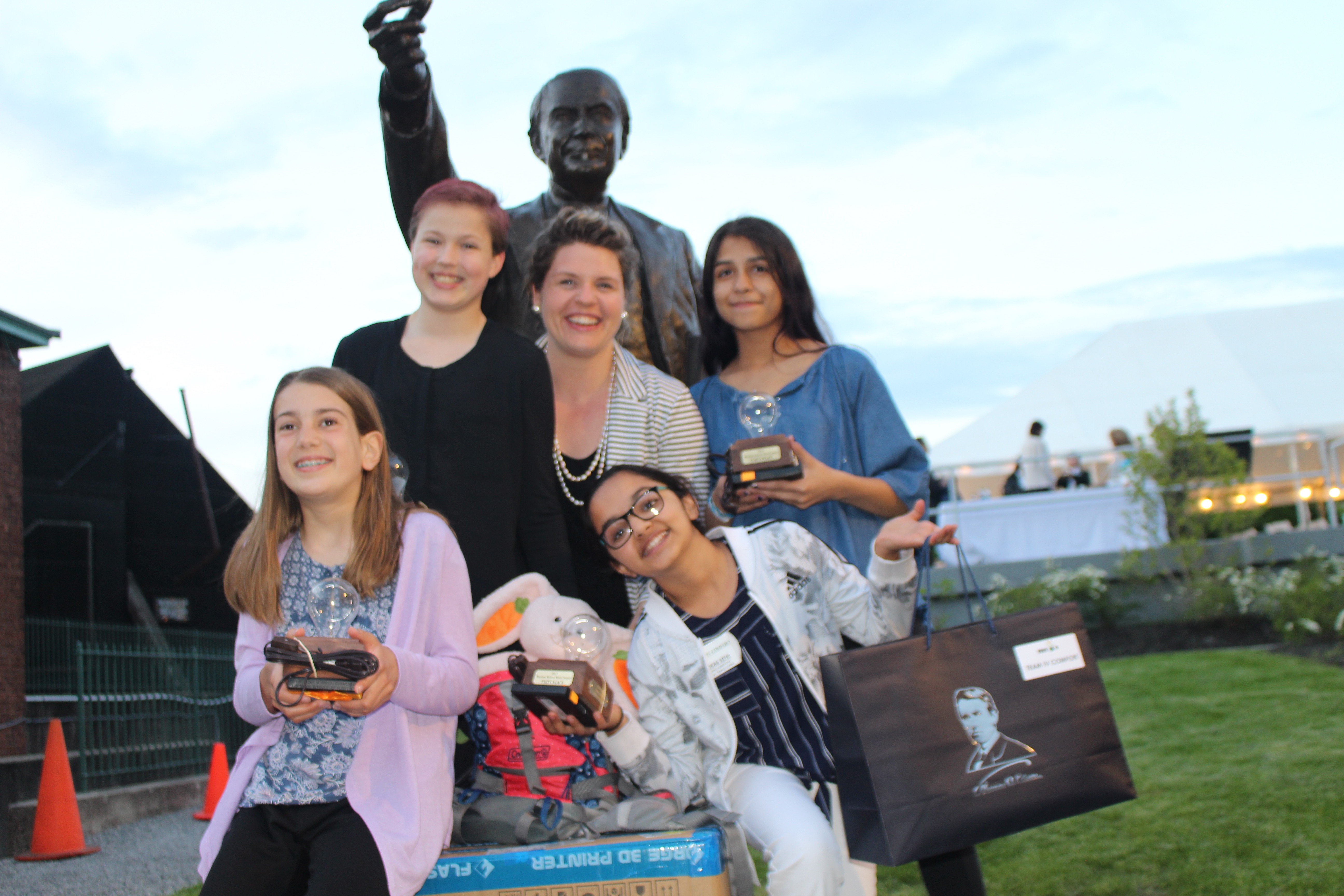
1st Place
Team IV Comfort, Shawnee Elementary School, Easton, PA
This team created an IV bag to make children’s stays in the hospital more enjoyable and efficient. This IV Bag was built into a stuffed animal backpack for optimal portability and cuteness! In their words, the invention is meant for children to feel more comfortable in the hospital than the traditional IV Stand provides!
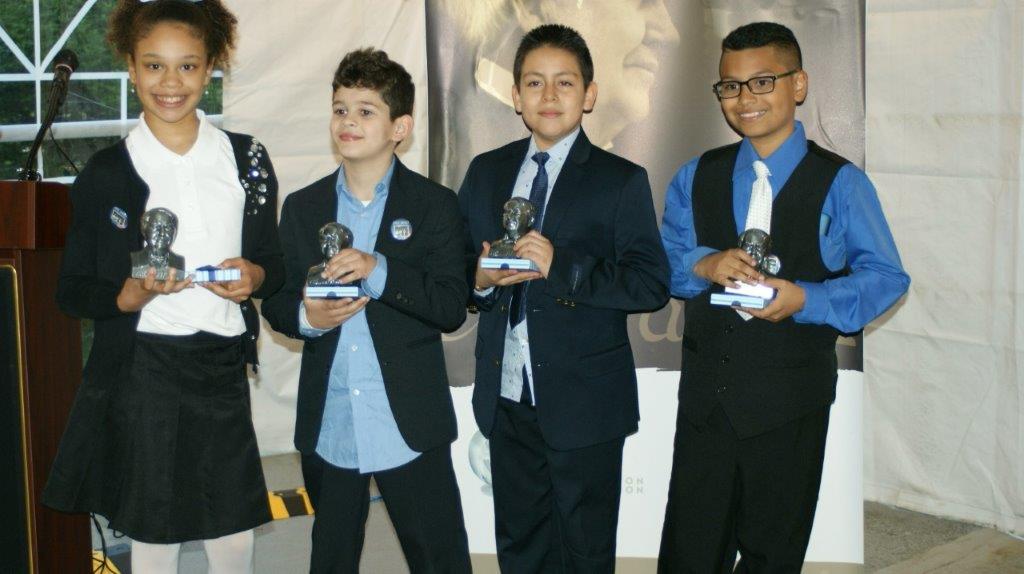 2nd Place
2nd Place
Team Toto, RN Wilentz School, Perth Amboy, NJ
This team created an alternative energy invention called The Windergy! This turbine charger was could be placed in the grill of your car in order to charge your phone with renewable energy instead of the car’s battery. Not only would this be a sustainable energy source but it also saved damage to your car’s battery and phone!
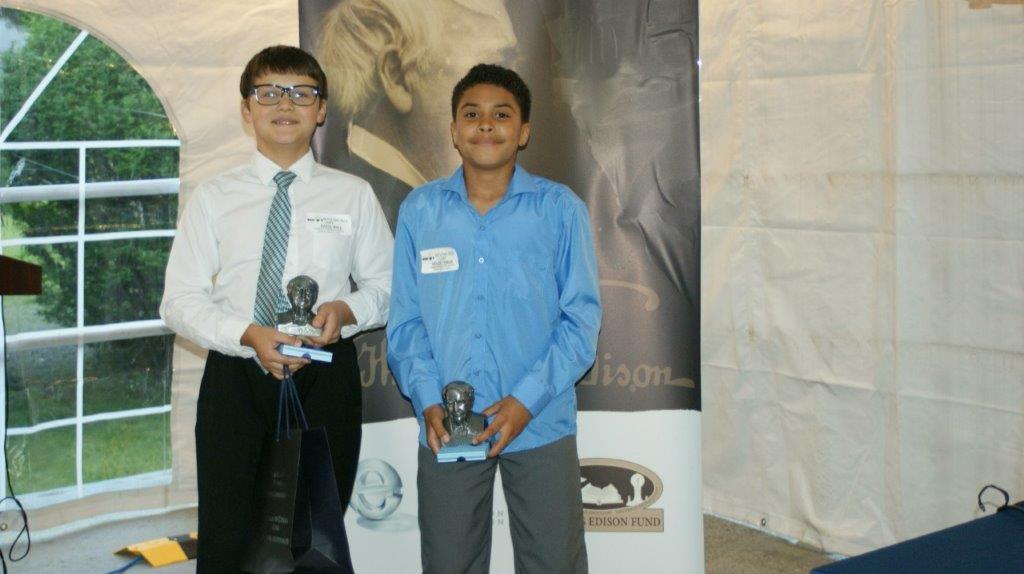 3rd Place
3rd Place
Team Sky’s the True Limit, Paxinosa Elementary School, Easton, PA
This was a team on a mission to save lives, following the major storms in the Midwest this year affecting thousands of people. This automatic raft would run on wind and solar energy, be sturdy enough to stay afloat in all weather conditions, and pick up people during a big flood until help can arrive!
***********************
Middle School
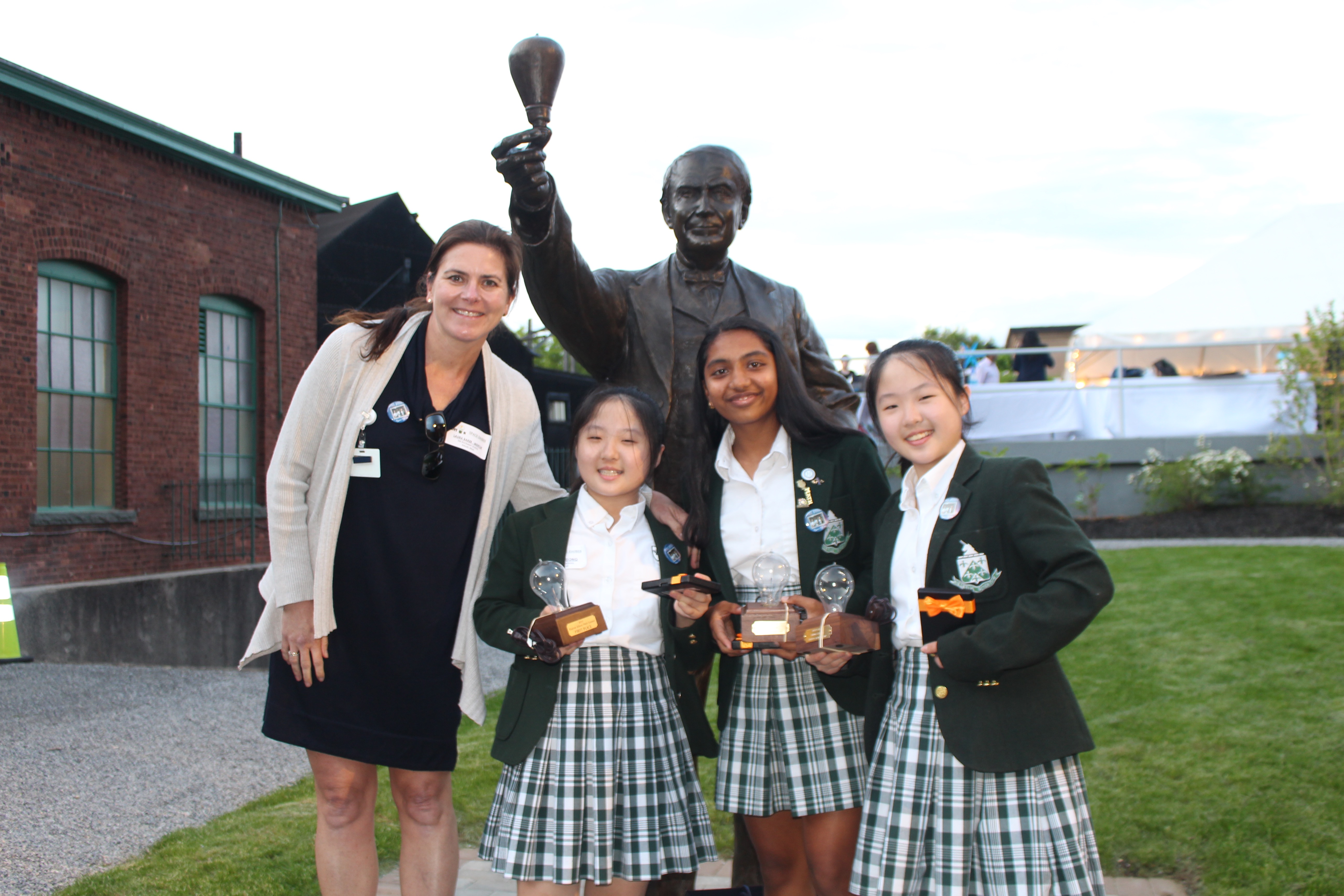 1st Place
1st Place
Team Space Daisies, The Hockaday School, Dallas, TX
The Space Daisies created an updated tools for astronauts called The Buzz Gloves. Although a version of this device is being used by NASA, this team took it a step farther creating a more cost-effective and broader interpretation for their own invention. When the astronaut touches something hard enough, the gloves will make a buzz sound and light up to prevent injury and, of course, their nails from breaking!
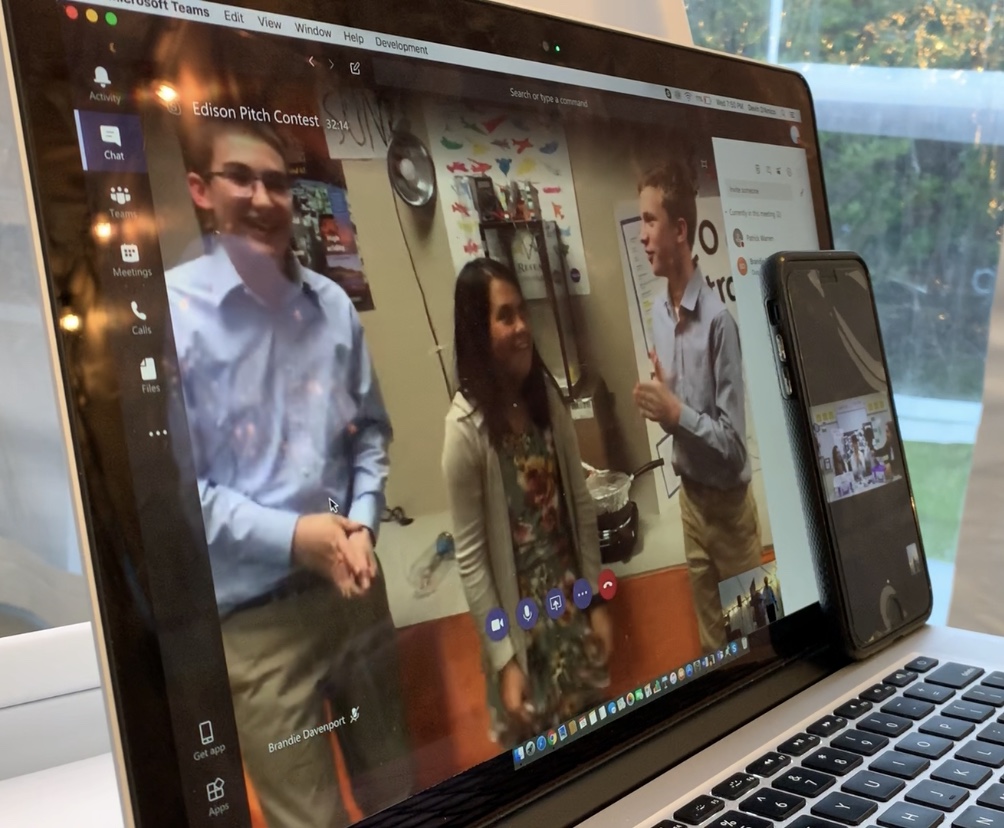 2nd Place
2nd Place
Team Waste Warriors, Owasso 6th Grade Center, Owasso, OK [via Skype]
This team presented their loop filtration system over Skype! They demonstrated how their invention would take used water from a house and filter it to be used again the same house – something unheard of! Using a steam generator, this invention would make the lives of homeowners with wells easier as well as recycle energy and water.
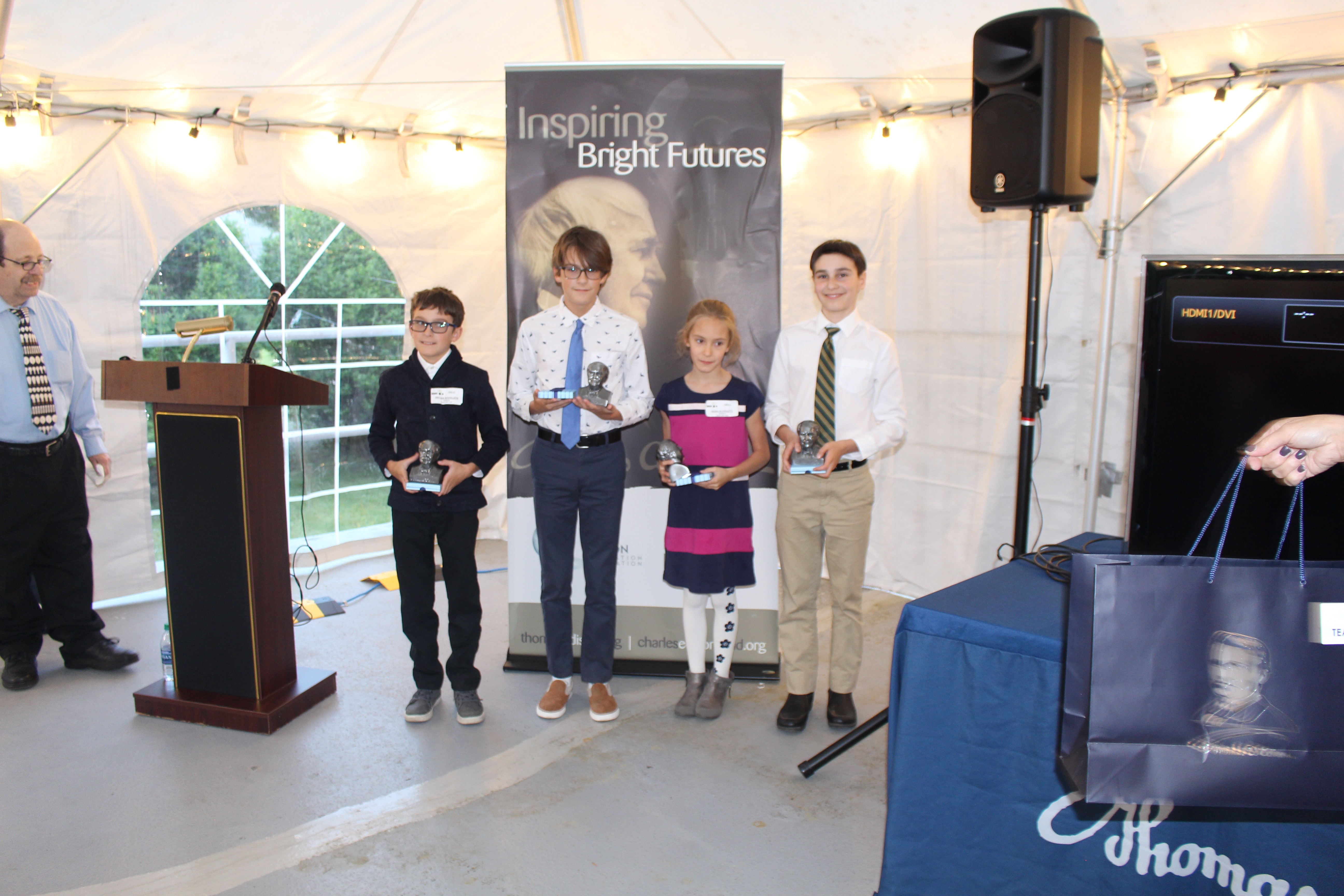 3rd Place
3rd Place
Team Orkai, Homewise Homeschooling, Olean, NY
This team created The Spinno, an enjoyable way to do accomplish your arthritis exercises! After doing a lot of trials with their own grandparents, the team developed a device to complete 3 types of exercises (squeezing, pulling, and strength) in an aesthetically pleasing and more interactive way that the traditional way to do the exercises provided by a physical therapist.
***********************
High School
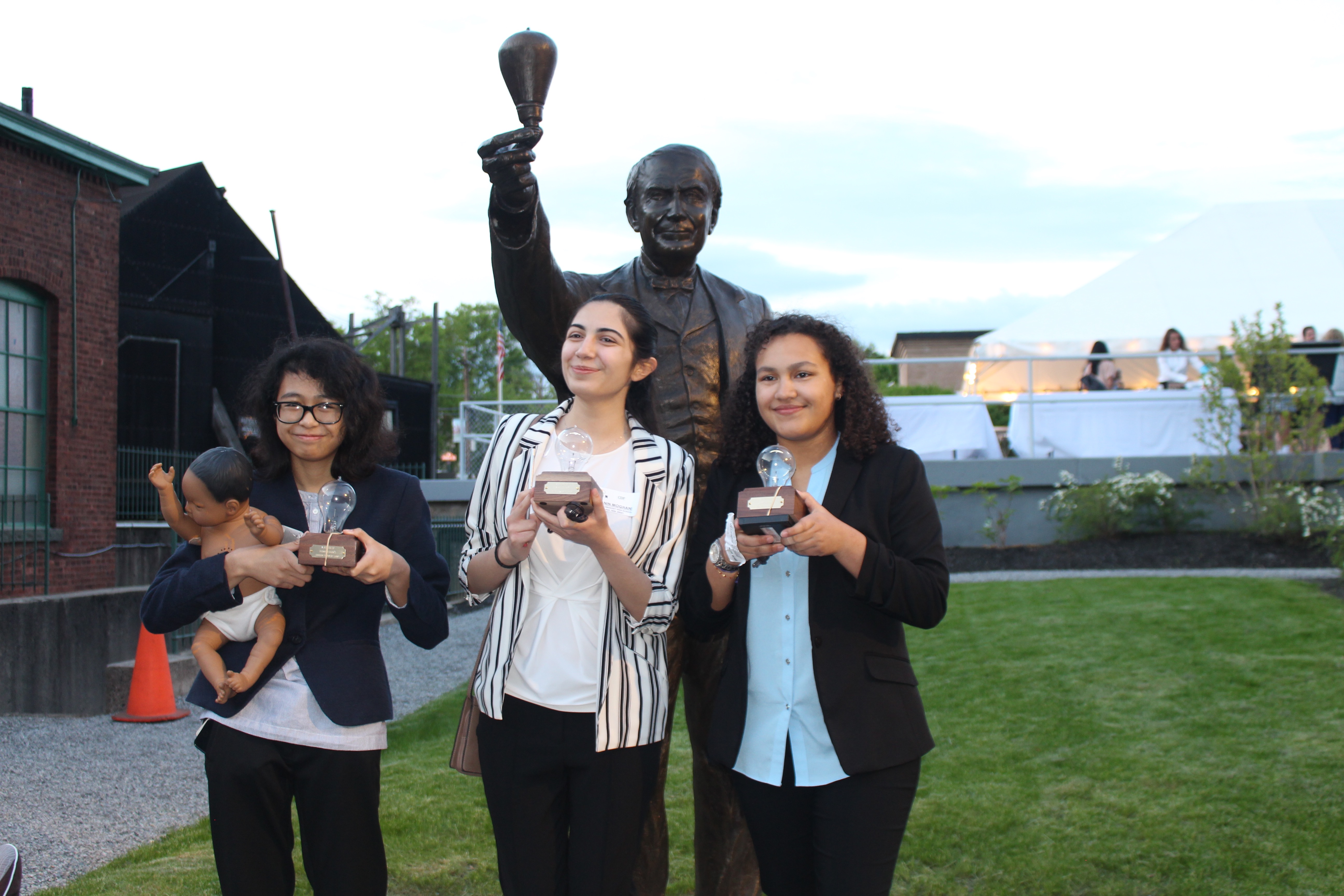 1st Place
1st Place
Team CDP, Applied Technology High School, Paramus, NJ
Description:
This team’s invention, The Puer Seat, came in response to increasing child deaths in cars. Their car seat had 3 sensors included for an affordable price to prevent improper fastening, overheating, and carbon monoxide poisoning. Parents would be notified of any dangers their child may be in by light, sound, and phone notifications before any fatalities could happen!
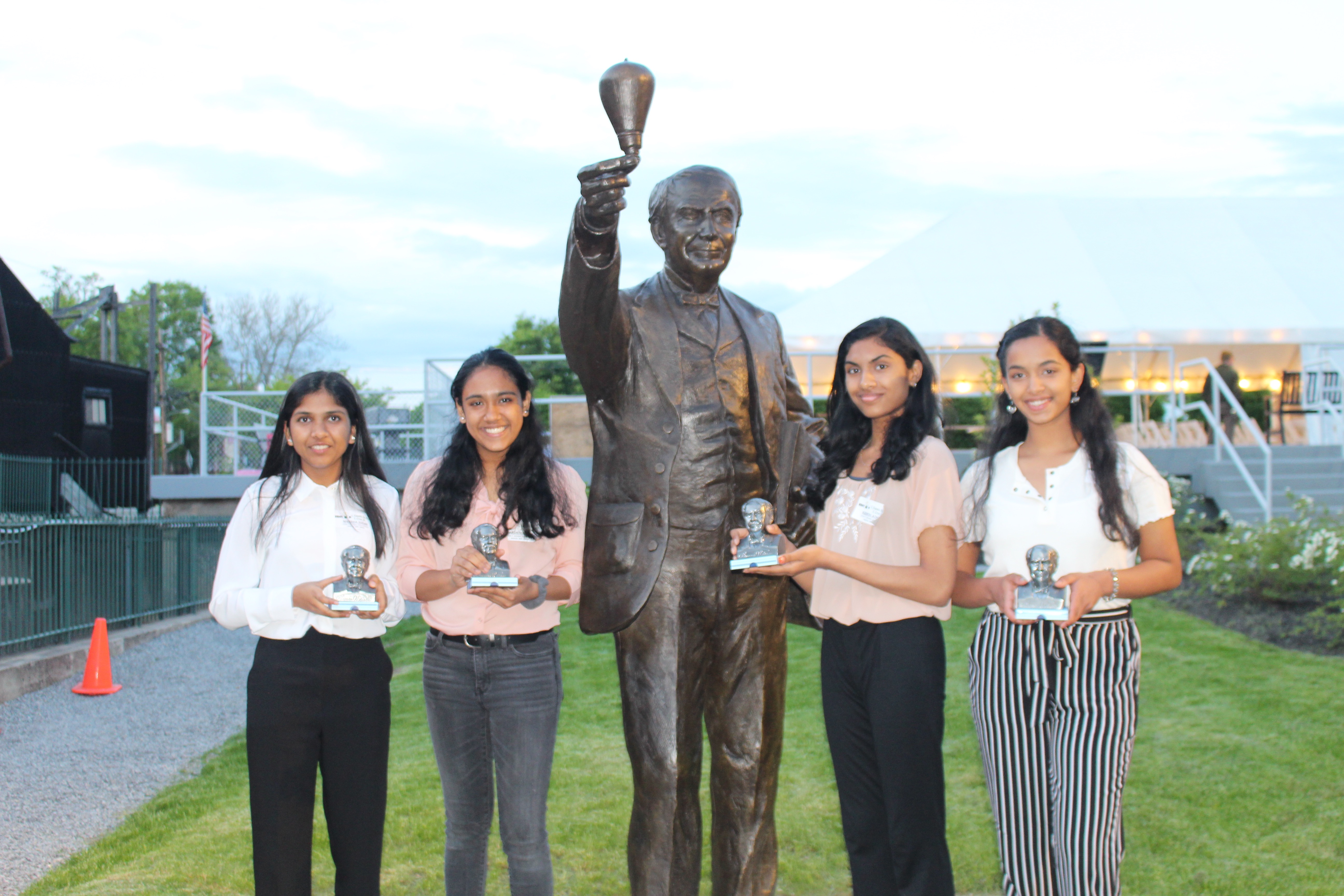 2nd Place
2nd Place
Team C equal Square Root E over M, John P. Stevens High School, Edison, NJ
The Vacation Station created by this team is an outdoors charging system powered completely by solar and wind energy. Rather than using a portable battery, the detachable solar panels and windmill umbrella would be an fail-safe system that would provide you with a more sustainable way to charge your phone on the beach or in the park!
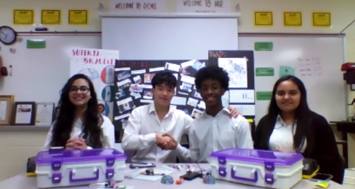
3rd Place
Team I-AAN, George Bush High School, Dallas, Texas [via Skype]
The Soteria bracelet was a multi-faceted alert system that this team created to prevent death of children and adults alike. The team presented this digital bracelet inspired by popular models over Skype. A removable pin on the side of the bracelet would discretely alert emergency contacts that you are in danger while the temperature and heart rate sensors would automatically signal a threat to your health.
Great job young inventors. I heard each of you loud and clear, and boy was I impressed. You truly heard Edison’s call of “There’s a better way to do it – find it!” You made my day!!

